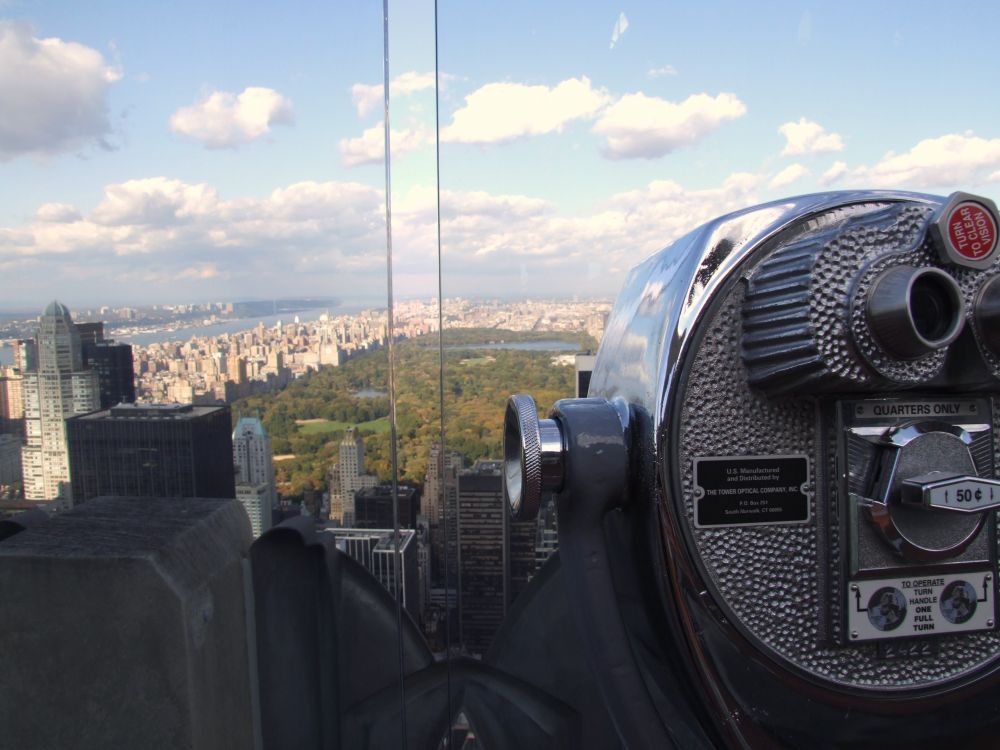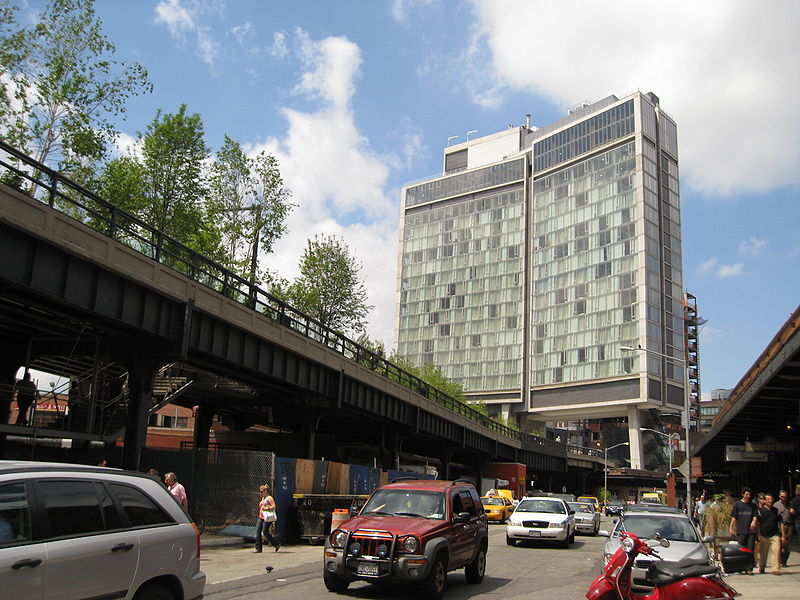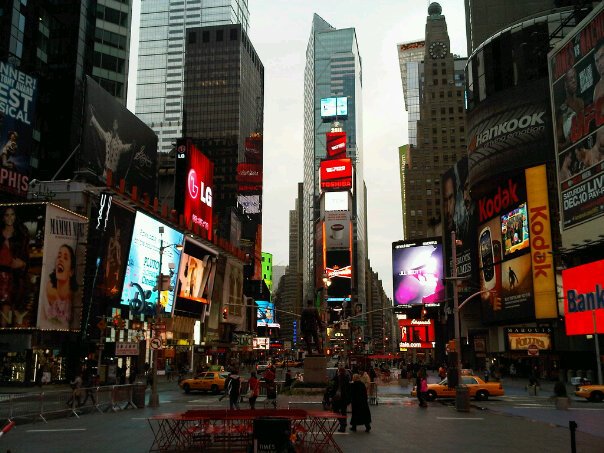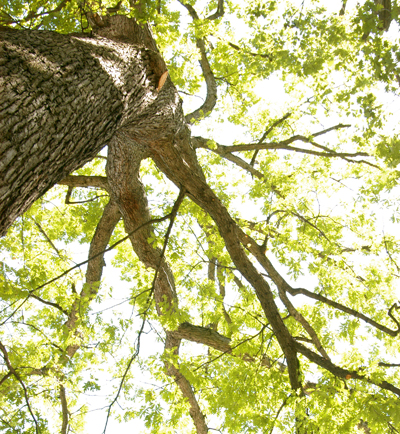Watching it all unfold, I remembered my first impressions of the city – the train station, the Twin Towers, the heat wave, the stench of garbage, and the heavy smog overhead. The term “urban forest” had yet to enter popular discourse. Still I wondered aloud, “why are all their trees just in one place?” But the tourist traps of Time Square, Broadway and Canal Street distracted me before I could find an satisfying answer. I was eight years old. The city was magical.

It would be a decade
before I made my way back. And I can recall my second trip in similar fragments
– checking into our small place on the Upper West Side, wandering along the
Hudson, the cheap cab fares... We visited the larger-than-life museums, and perused works in the boutiques and galleries of Chelsea. From Battery Park to
the Meatpacking District, branches seemed to reach up around the buildings overhead and
underneath the bridges below. And, though I’m sure it always had, nature now
seemed to spill out beyond Central Park. My inner child satisfied, my eyes were opened.
More clearly I
remember walking across the High Line, a beautiful example of public and
private partnership (90 per cent of its operating budget comes from fundraising by
Friends of the High Line). The retired rail line, once threatened with demolition, had
become a vibrant, elevated park. Plants decorated its walkways and dilligently cleaned the air. Tourists paused for photos and locals lounged lazily on the benches. This was a beautiful example of new urbanism and even better, it was started by creative citizens that wanted more green space between their buildings. It had gone from from seedbombs tossed over the fence of vacant property to a legitimate public park in just a few years.

Since those initial
visits, I’ve been back several times and with each I find something new to
marvel at. Maybe it's just me, but the air seems cleaner now. If time has proven anything, it is the
resilience and tenacity of “The City That Never Sleeps.” The Super Storm, like the chainsaw-wielding madman who did a number on the street trees of Brooklyn back in 2009, was a minor setback
for a city that takes challenges as a sideorder with their Momofuku.
MillionTreesNYC, which
came out of Mayor Bloomberg’s PlaNYC, aims to plant - and maintain - 220,000 street,
480,000 park, and 300,000 privately owned trees. This means getting them in the
right places so they can grow to a size that will provide the benefits citizens and visitors alike rely on. With
innovative strategies and corporate and public partnerships they
are finding creative ways to plant for the future. At the time of this writing they have reached 645,804. The lofty goal to hit a million by 2017 seems
within reach.

Time Square is still
pretty absent of vegetation, but perhaps as Craig Dykers (of
Snøhetta, the architecture firm hired to redesign the square - and Ryerson
University’s Student Learning Centre in Toronto)
suggests it just is not a healthy place for trees. Whether they are elevated,
tucked away, or given room to grow, the position and placement of our trees affects our relationship with them. It also affects if and how they survive. We
definitely need more green space. We also need thoughtful design. Sure we can drop them nearly anywhere, but instead our goal could be to keep trees in places they can thrive - and aim to create more of these spaces in our urban environments. I know I’m not the first person to say this.

While winter is
quiet for our trees and quieter still for planting, shovels will soon hit the ground, buds will
open up, and our neighbours will be less grumpy. And as everything wakes up, New York's urban forest is definitely worth watching. What about yours?
